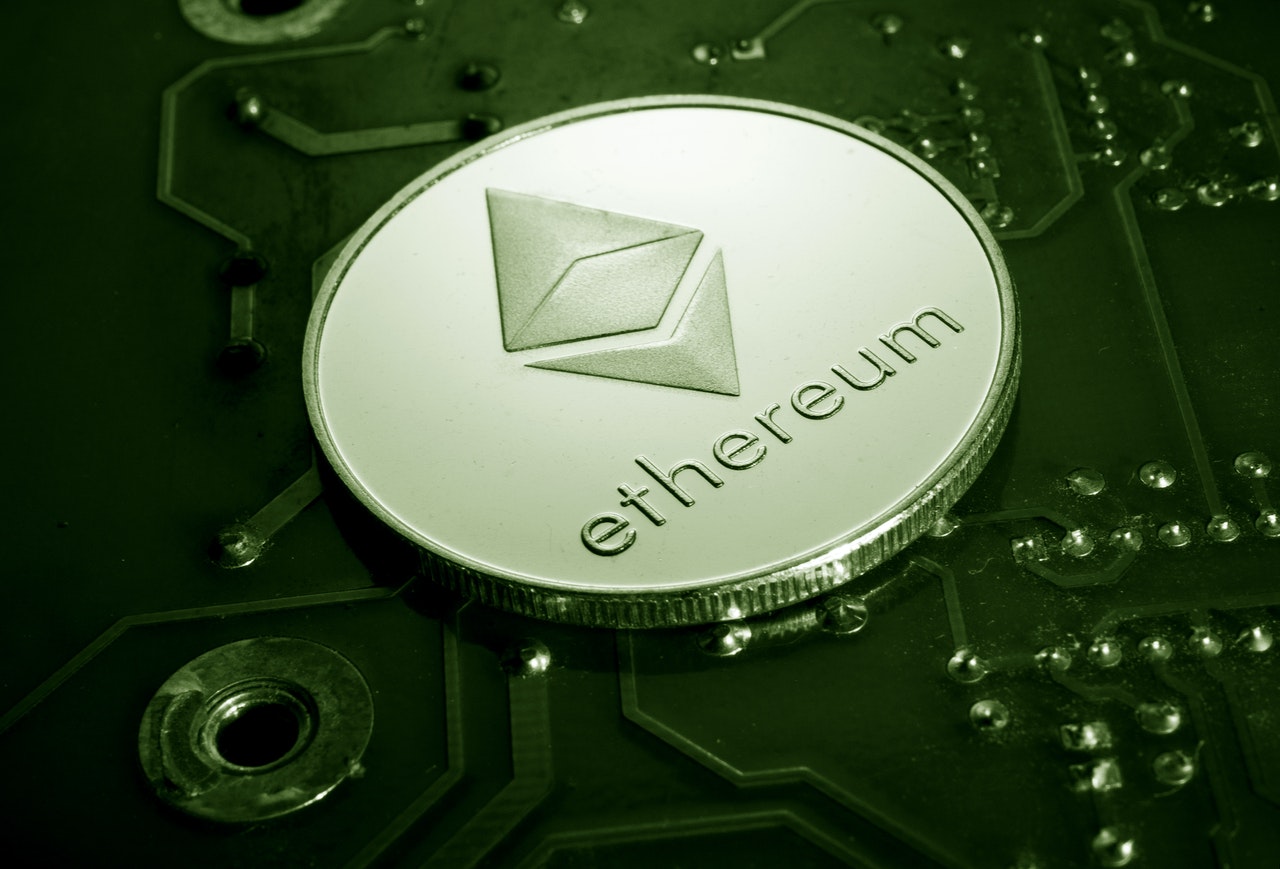In the bustling crypto world, Solana and Ethereum stand out as two major players that offer unique features. Ethereum was launched in 2015, and it’s a pioneering blockchain platform that introduced the concept of smart contracts, which had a massive impact on dApps and the emergence of DeFi. The most important milestones in the journey of Ethereum include the introduction of the Ethereum 2.0 Beacon Chain, marking the beginning of the transition to the PoS model for energy efficiency and increased scalability.

Solana was launched in 2020, and it immediately stood out through its significant throughput and reduced transaction costs, powered by its PoH consensus mechanism, which is unique in the world of digital assets. The biggest milestones for Solana involve the cross-chain bridge and reaching a peak throughput, highlighting its capability to support extensive adoption and complex applications. Regarding price predictions, Ethereum’s appeal as a dApp platform could increase along with the successful implementation of Ethereum 2.0, driving the demand for the asset as more investors would likely buy ethereum online. The future price of Solana will depend on its ability to keep a high throughput and low costs while successfully tackling stability issues.
What’s evident is that the two platforms have made a crucial difference on the blockchain landscape: while Ethereum successfully established itself as a foundational layer for DeFi and dApps, Solana became a competitive platform that distinguished itself through its efficiency and speed. In this blog, we will examine the key differences between Solana and Ethereum, so read on to learn more about these two revolutionary blockchains!
Vibrant and Diverse Ecosystems
Ethereum and Solana offer unique advantages to users and developers alike, and they have become innovation hotbeds in the NFT and DeFi landscapes. Ethereum was the primary blockchain platform to introduce smart contracts, and unsurprisingly, it has the most varied dApp ecosystem, including 584,000 UAWs and more than 4,500 dApps. It also hosts major platforms that have transformed lending, borrowing, and trading within the crypto world. Ethereum is a trustworthy blockchain platform for many developers, mostly due to its high security and compatibility with EVMs. Even if it’s relatively new to the dApp landscape, Solana has successfully built a solid ecosystem that includes 1.28 million UAWs and over 350 dApps, focusing on reduced transaction costs and substantial throughput. Not only has Solana attracted massive DeFi projects, but it’s also making a difference within the NFT landscape with marketplaces such as Solanart, offering an advantage over Ethereum in terms of cost-effectiveness.
Unique Use Cases for the Native Tokens
Tokens on Solana and Ethereum don’t just sit pretty in a wallet- they have an essential role in enabling transactions and powering dApps. At the same time, they can represent ownership in the network. ETH, the native token of Ethereum, is utilized to pay for transaction fees on the network and for staking in the PoS model, but beyond this utility, it also functions as an investment asset and a store of value. The native token of Solana – SOL- serves different purposes, such as staking for network security or paying transaction fees. Similar to ETH, SOL is a store of value and investment assets, and it’s integral for users and developers who engage with the services and dApps on the Solana platform.
Different Approaches and Challenges in Security
Solana has experienced different security challenges, such as DoS hacks which disrupted the network’s performance. For example, an IDO bottling activity led to a transaction load of 400,000 per second, overwhelming the network and causing it to crash. However, these setbacks were followed by massive efforts to improve the security and stability of the network, such as the implementation of the QUIC protocol aiming to achieve quicker asynchronous communication, as well as stake-weighted QoS, which was meant to prioritize from nodes that were staked higher. While Ethereum also faced challenges, its operational history has been longer, which has given it more time to tackle any issues regarding its security. For example, the DAO attack which happened in 2016 was a notable event where DAO smart contracts were exploited by attackers, leading to a theft of 3.6 ETH. While this event led to a network hardfork, the transition to the PoS and the Ethereum 2.0 update is meant to boost the network’s security further and make it challenging for malicious actors to ever execute such a significant attack.

Investment Perspective
Solana and Ethereum provide intriguing investing opportunities, highlighting their positions in the blockchain landscape as a cornerstone in the crypto market, always standing next to Bitcoin. While its price has seen massive volatility throughout time, Ethereum has displayed growth and resilience, especially with the emergence of NFTs and DeFi, which have been developed on the Ethereum network. The Ethereum 2.0 upgrade is expected to tackle some of the issues surrounding scalability and transaction cost, resulting in enhanced adoption and price appreciation. Solana has remained competitive to Ethereum in terms of investment performance, experiencing a massive increase in value since its beginnings, and establishing itself as one of the most popular crypto assets by market cap. In terms of performance, Solana has seen quick price increases due to investor enthusiasm driven by its reduced transaction costs, high throughput, and the thriving dApp ecosystem. In fact, in 2023, its price increased by more than 554% due to its dApp ecosystem, particularly in the memecoin and DeFi sectors. Of course, this doesn’t mean that Solana hasn’t faced challenges – it has, and one of the most notable is the network outages that have led to serious discussions about the scalability and stability of the network when under stress.
The Bottom Line
When choosing the best blockchain platform, it’s worth noting that it all comes down to each developer’s preferences and needs. Both Solana and Ethereum have stood out throughout the time for their impressive performances. While Ethereum is a stronghold for established projects, Solana is a crucial player for groundbreaking innovative projects that leverage scalability and fast transactions.